History of Estadio Atanasio Girardot
The Estadio Atanasio Girardot was built in 1953, named after Atanasio Girardot, a Colombian military leader who fought for independence from Spain during the early 1800s. The stadium is located on the site of the old Velodrome and was designed by architect Tulio Botero. The original capacity of the stadium was 35,000, but it was later expanded to 45,000 to meet the growing demand for sports and entertainment in the city.
The stadium has witnessed some significant sporting events throughout its history. In 1986, it hosted the opening ceremony of the Central American and Caribbean Games, and in 2010, it was one of the venues for the South American Games. It has also hosted numerous international football matches, including the 2011 Copa America, where it served as one of the primary venues.
Estadio Atanasio Girardot is not just a stadium; it is a cultural landmark that has played a significant role in shaping the history of Medellin. It is a symbol of national pride and a testament to the city's love for sports and entertainment.
Architecture and design of Estadio Atanasio Girardot
The Estadio Atanasio Girardot is a unique blend of modern and traditional Colombian architecture. The stadium's design is characterized by its elliptical shape, which is meant to represent a soccer ball. The structure consists of a series of arches that support a circular roof, which provides shade for the spectators.
One of the most striking features of the stadium is its façade, which is made up of a series of vertical concrete fins. The fins are arranged in a way that creates an undulating effect, giving the stadium a dynamic and fluid appearance. The fins also serve as a support structure for the stadium's lighting system, which illuminates the façade at night, making it a stunning sight to behold.
The stadium's seating is arranged in a bowl shape, which ensures that every seat has an unobstructed view of the field. The bowl is divided into three levels, with the lower level being the closest to the field. The stadium also features a VIP section, which includes private boxes and lounges.
Key features of Estadio Atanasio Girardot
One of the most significant features of the Estadio Atanasio Girardot is its state-of-the-art facilities. The stadium is equipped with an advanced sound system, which ensures that every spectator can hear the action on the field. It also has a modern scoreboard and LED screens that display live scores and replays.
The stadium's pitch is made of natural grass, and it is meticulously maintained to ensure that it is in pristine condition for every game. The pitch also has an advanced drainage system, which allows games to go on even in the event of heavy rain.
The stadium's facilities also include training grounds, locker rooms, and medical facilities. The training grounds are equipped with the latest equipment, allowing teams to train in a world-class environment.
Major sporting events hosted at Estadio Atanasio Girardot
The Estadio Atanasio Girardot has hosted numerous major sporting events throughout its history. In addition to hosting international football matches, it has also been the venue for several other sports, including athletics, cycling, and boxing.
One of the most memorable moments in the stadium's history was the 1989 Copa Libertadores final. The match was played between Atletico Nacional and Olimpia, and it ended in a 2-0 victory for Atletico Nacional. The win was the first Copa Libertadores victory for a Colombian team and marked a significant moment in the country's football history.
The stadium has also hosted several concerts and cultural events, including performances by international artists such as U2, Shakira, and Coldplay.
Local and cultural significance of Estadio Atanasio Girardot
The Estadio Atanasio Girardot is more than just a stadium; it is an integral part of Medellin's cultural heritage. The stadium has served as a gathering place for the people of Medellin, who come together to support their favorite teams and celebrate their city's rich culture.
The stadium has also played a significant role in the city's recovery from its turbulent past. Medellin was once one of the most dangerous cities in the world, but it has since undergone a remarkable transformation. The city has invested heavily in infrastructure and public spaces, and the Estadio Atanasio Girardot is a prime example of this.
The stadium's design and facilities have made it a popular destination for tourists, who come to experience the thrill of a live football game or attend a concert. The stadium's cultural significance has also been recognized by UNESCO, which declared Medellin a City of Music in 2019.
The future of Estadio Atanasio Girardot
The Estadio Atanasio Girardot is set to undergo a major renovation in the coming years. The renovation will include the installation of new seating, a new roof, and the expansion of the VIP section. The project is expected to cost around $80 million and is set to be completed by 2023.
The renovation is part of a broader plan to modernize Medellin's infrastructure and public spaces, with the goal of making the city a more attractive destination for tourists and investors.
How to visit Estadio Atanasio Girardot
Visiting the Estadio Atanasio Girardot is a must for anyone visiting Medellin. The stadium offers guided tours, which allow visitors to explore the stadium's facilities and learn about its history and significance.
The stadium also hosts regular football matches, and tickets can be purchased online or at the stadium's ticket office. The stadium is easily accessible by public transport, with several bus routes stopping nearby.
Interesting facts about Estadio Atanasio Girardot
- The stadium's façade was inspired by the work of Colombian artist Edgar Negret.
- The stadium's lighting system was designed by renowned lighting designer Peter Fink.
- The stadium was the first in Colombia to have a scoreboard.
- The stadium has hosted several matches for the Colombian national team, including the 2011 Copa America.
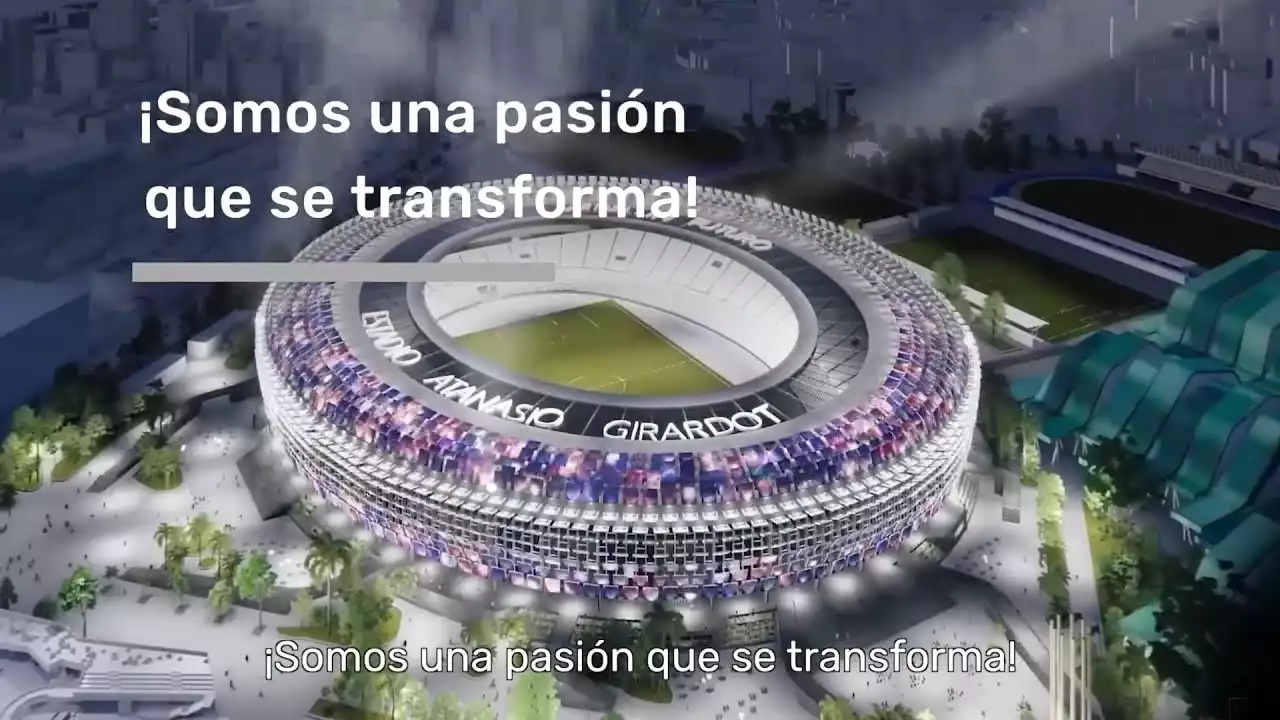
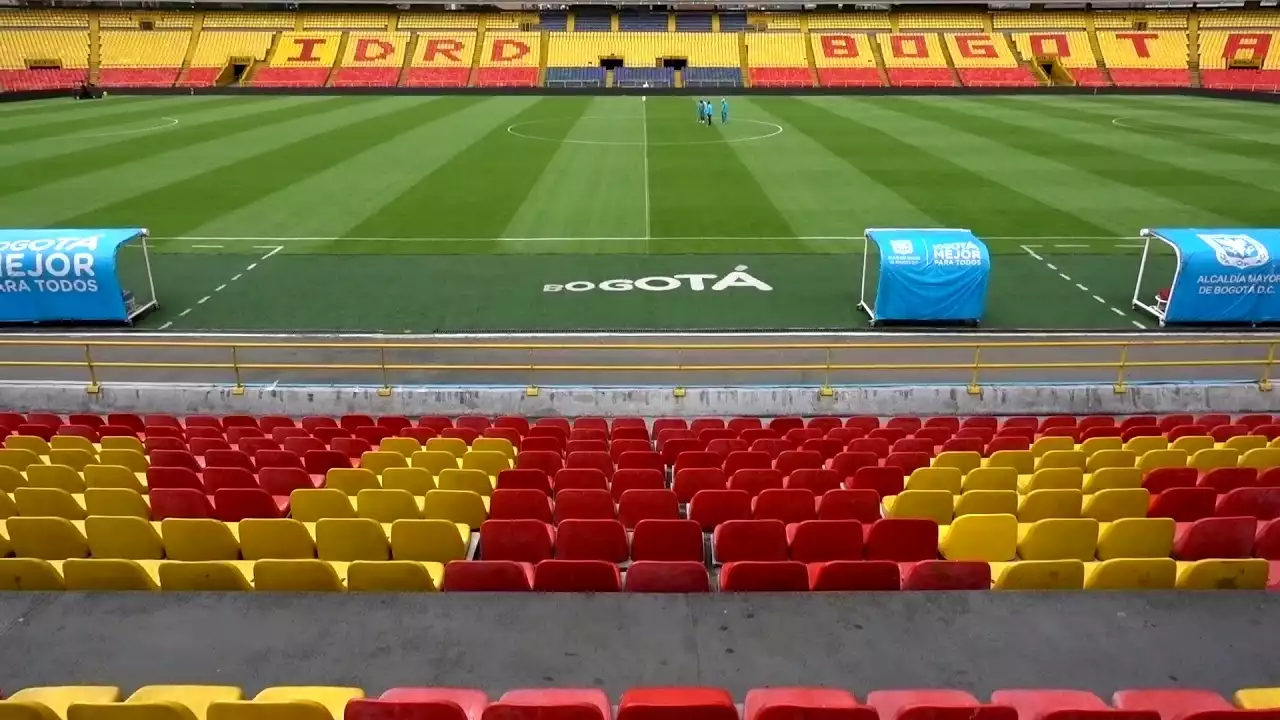
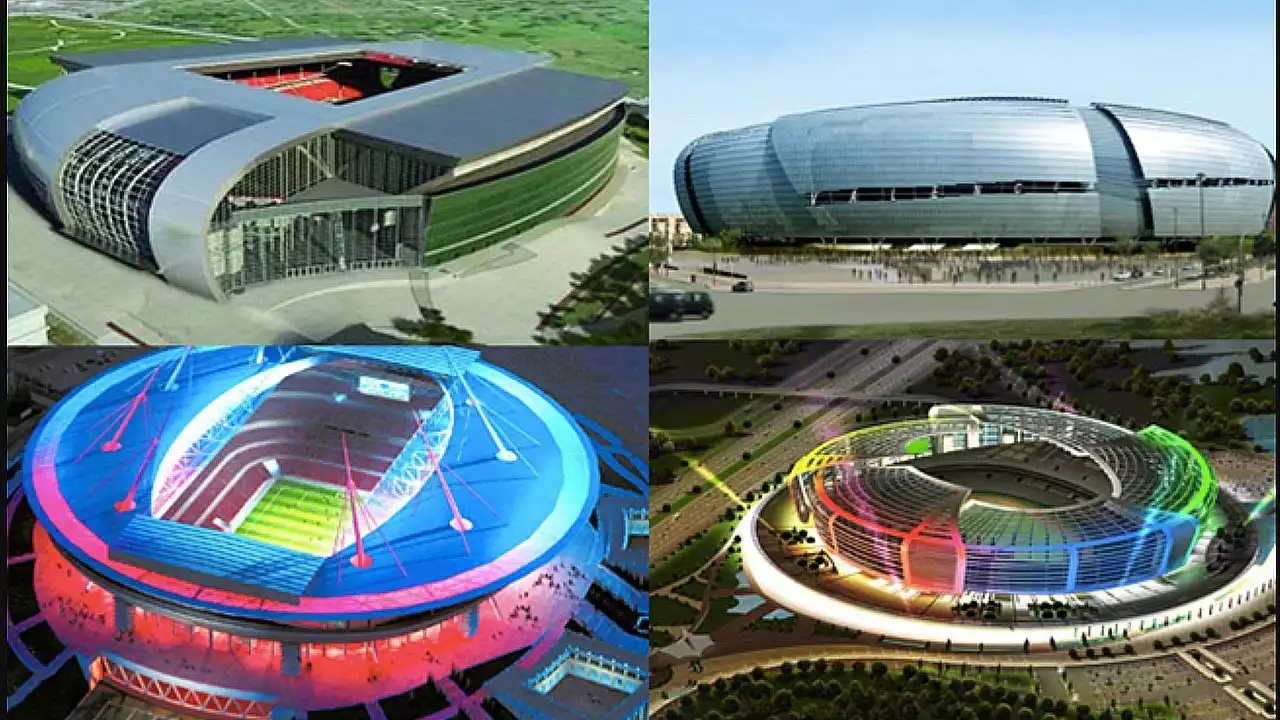
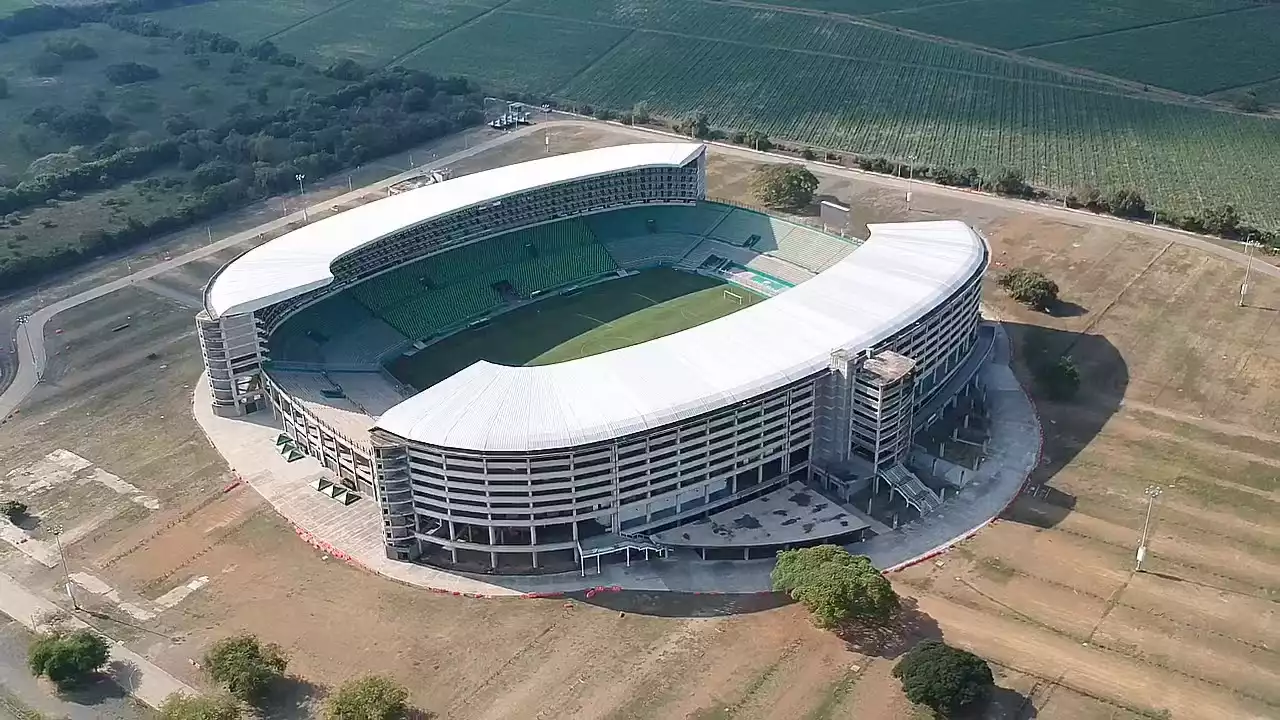
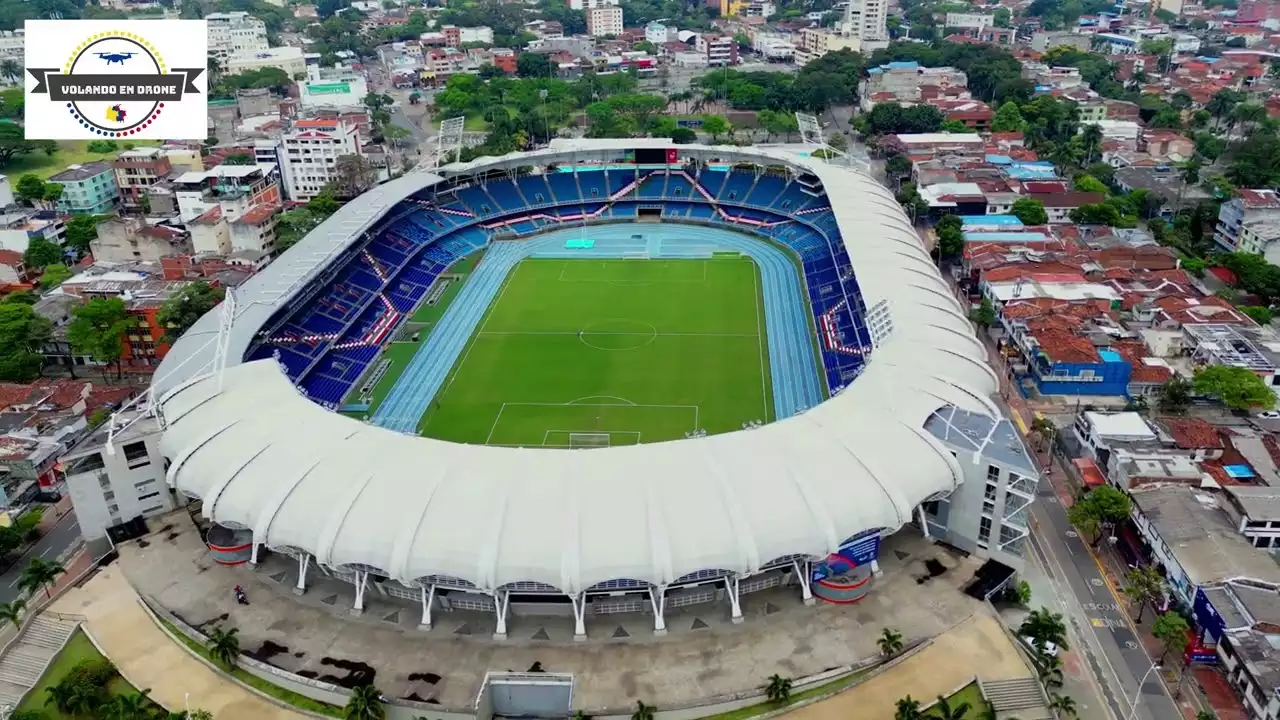



.png?size=50)
